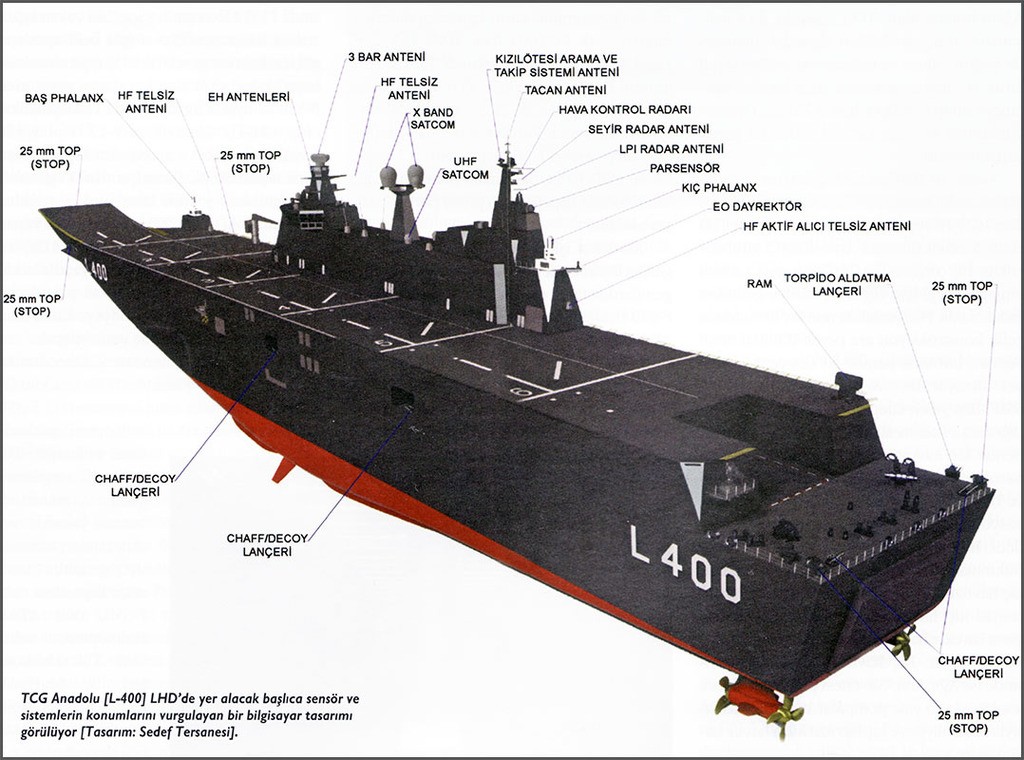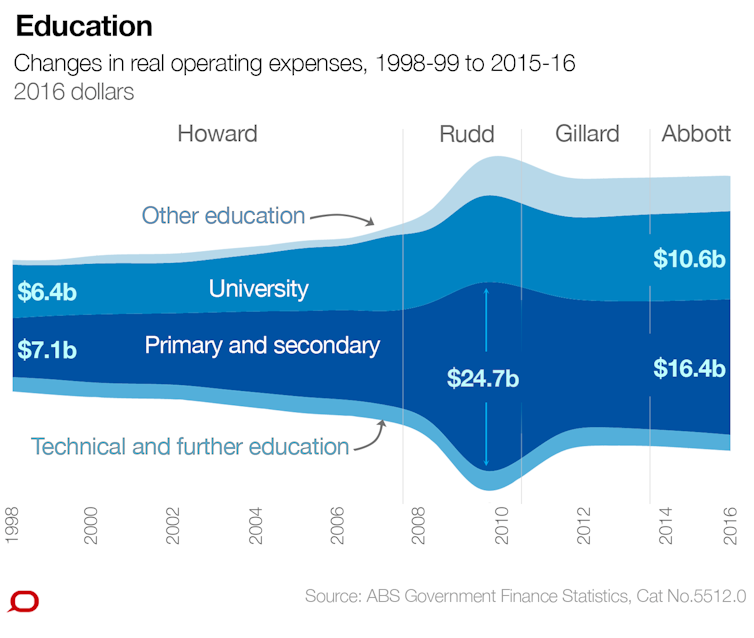If only the money was spent on something like education.
Take a look at 2011. Pretty flat, the big surge happened in 2009. Part of the Building education stimulus had nothing to do with defence. Kevin07 origional 2008 whitepaper was the basic outline for the fleet we hope to build in the future. Building it here.
If you want to analyse spending across everything from howard to Turnbull there is a great paper at the conversation.
Government spending explained in 10 charts; from Howard to Turnbull
No we cancelled (or didn't take the 4th option) and slowed the AWD project to save money, even though it was going to cost money, it saved money in that financial year.
The 4th ship was still an option around 2012-13
Push for fourth $2 billion destroyer
It was argued that the 4th AWD wouldn't be needed and was only a dream of the militant unionists and greedy shipyards.
Check out this num-nut peice from Mark Thompson from the time period...
A folly of strategic proportions | The Strategist
More importantly, even if we had strong confidence that a fourth vessel would enable continuity of production, there’s no indication that the scale of savings would justify the additional cost of a fourth vessel. A
recent paper from ASC Ltd says only around 20% of the cost of a warship is due to shipyard labour, which means that only 20% of the cost of producing a vessel can be impacted by the ‘learning curve’ and skills maintenance that continuity of production promises to deliver. So, even if continuity generated a 30% reduction in labour costs (being very generous), the resulting saving would only be a 30% x 20% = 6% reduction in cost of the initial replacement frigates. And for this we’re asked to build an entire extra vessel and then crew and support it throughout its decades of service.
In the absence of either a clear strategic rationale or plausible business case, a fourth AWD would be a folly of strategic proportions.
At that time the new liberal government was keen to disband all manufacturing in Australia, so we lost our car industry (2013-2014) and there was an attempt to cut the heart out of ship naval manufacturing.
Which is why Abbott was rolled by the South Australian liberals, and Pyne ended up in Defence industry. Turnbull ended up as PM. Which is why the National Ship building strategy was 100% under Turnbull and not Abbott.
It was a cock-up of both parties, with labor failing to decide and slowing AWD work and the first lot of Libs then trying to kill everything off. Revolution happened, Labor and Libs agreed defence should be bipartisan to stop future cockups.



